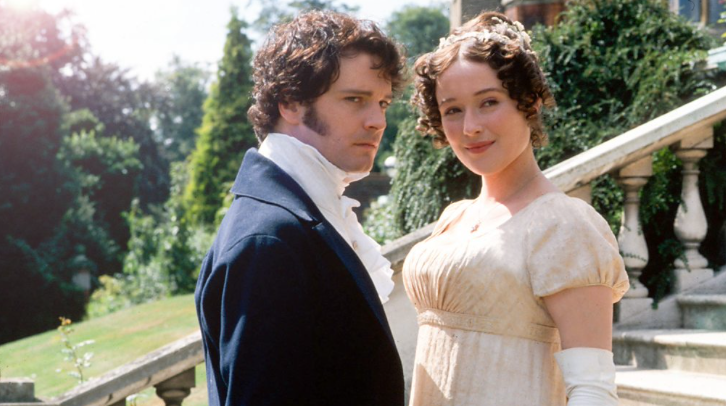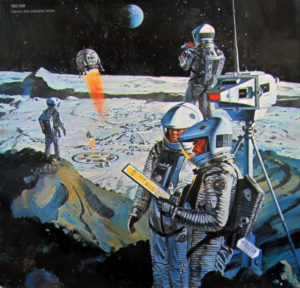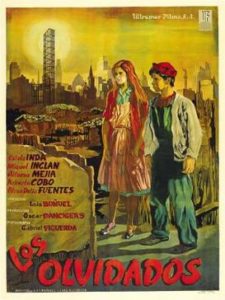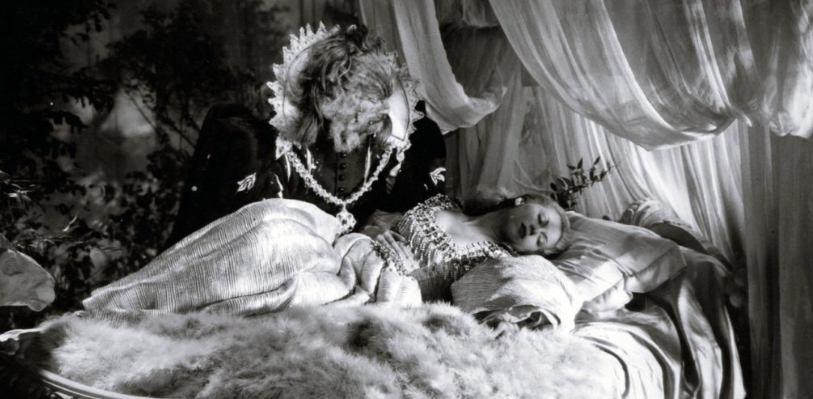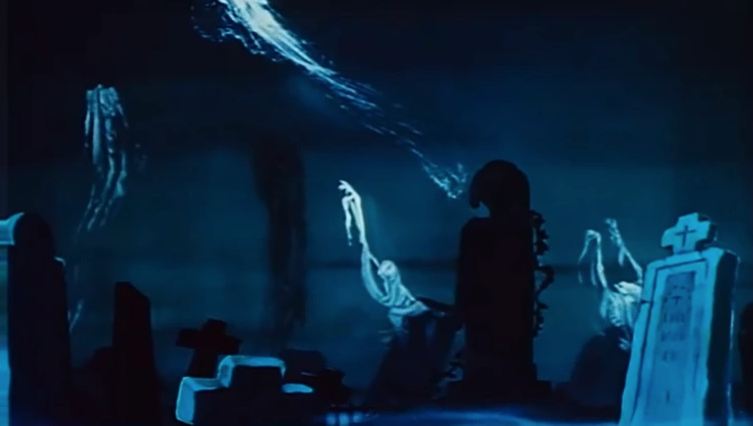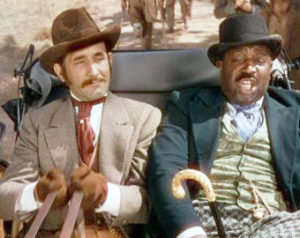Notre-Dame de Paris is a novel by Victor Hugo, published in 1831, that focuses on the unhappy story of Quasimodo, the gipsy Esmeralda and the archdeacon Claude Frollo in 15th-century Paris. Its elements—medieval setting, impossible loves, and marginalised characters—make the novel a model for the literary themes of Romanticism.
Hugo’s book opens with a popular celebration of the Epiphany of 1482 at the Palais de Justice. The play introduces us to Esmeralda, a gipsy dancer, Quasimodo, a deformed young hunchback who is in charge of the bells of Notre Dame Cathedral, and the archdeacon Claude Frollo, the bell-ringer’s foster father.
Esmeralda, thanks to her great physical beauty, attracts the poet-student Pierre Gringoire and Captain Febo de Châteaupers, but also Claude Frollo, who decides to kidnap her. Frollo then orders his protégé Quasimodo to kidnap her.
The intervention of Captain Phoebus de Chateaupers prevents the kidnapping from taking place and leads Quasimodo to be condemned to public torture. The hunchback is flogged in the square and receives all the hatred and insults of the people, who cruelly despise him for his ugliness. Quasimodo asks for water and Esmeralda climbs the scaffold to quench his thirst.
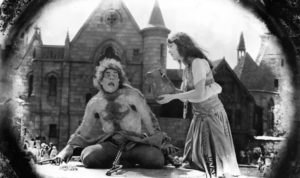
I don’t want to tell the whole story but I do want to point out that at midnight I modified the post about my 50 recommended films, reversing the order of the first two, for reasons I am about to explain.
Since the films on my list are arranged in order of their release, before the midnight change, I had The Hunchback of Notre Dame (1939) as #2, and Frankenstein (1931) as #1. But yesterday, when I started watching the 1939 film after half a century of not seeing it, I detected some terrible messages from its opening.
It didn’t take me long to discover that the director was born into a German family of Ashkenazi Jews and that he even returned to Germany after the Allied dogs won the war!
Fifty years ago I had seen this 1939 film in black and white with my family on television, and both my sisters and I loved it (some of Hugo’s high culture is reflected in this adulterated version of the novel).
Since then I had not seen it again: I only remember that as a child I was impressed by the story. But yesterday when I started watching it again, after so long, I realised, as I just said, that the movie starts with bad messages.
In Paris, there is a new order preventing the passage of gipsies. True, the director cast mudblood actors to play them, but typically in Hollywood (and we’re talking about 1939!) he artfully chose an Aryan actress to play the gipsy Esmeralda, and has the King of France say ‘Who cares about her race, she’s pretty’.
This 1939 film has scenes too burlesque for my taste today (how I have changed since I saw it fifty years ago!) and the Christian piety in Notre Dame couldn’t be missing: ‘Please, help my people’ says the Nordic actress playing Esmeralda when referring to the mudblood gipsies while the French ask Providence for riches in their prayers. Surrealism reaches the viewer when the movie’s bad guy, Claude Frollo, says ‘You come from an evil race’ to the Aryan actress posing as a gipsy.
I stopped watching the film at that point and started watching the original film of The Hunchback of Notre Dame. I mean the one from 1923: a film that, this year, has just turned 100 years old!
Now this is the one that is at #1 on my list not because it is very good, but because it has historical value for connoisseurs of cinematic art. This 1923 film is silent, although they added some music to it and it can now be seen, complete, in a colourised version on YouTube.
Although Esmeralda, in this century-old film, isn’t as Aryan as the other, in this version it is explained at the outset that her whiteness is due to the fact that she was born in a high cradle and, as a child, had been abducted by gipsies.
Naturally, being a hundred years old, the film is closer to theatre or operatic scenes than to the cinema that followed, once the human voice was technically synchronised with the soundtrack. That would revolutionise the Seventh Art.
I don’t want to get too much into the film from the point of view of the sacred words. That would mean messing directly with Victor Hugo—and that would mean another entry: an entry of literary criticism rather than cinematic criticism. Suffice it to say that baby Quasimodo wouldn’t have been allowed to live in Sparta, and that Hugo is right that Notre Dame reflects the soul of France which, unlike the teen I was half a century ago, is no longer the soul that interests me. (My surname, ‘Tort’, comes from France and Catalonia and my ancestors were devoted to Notre Dame of Lourdes.)
